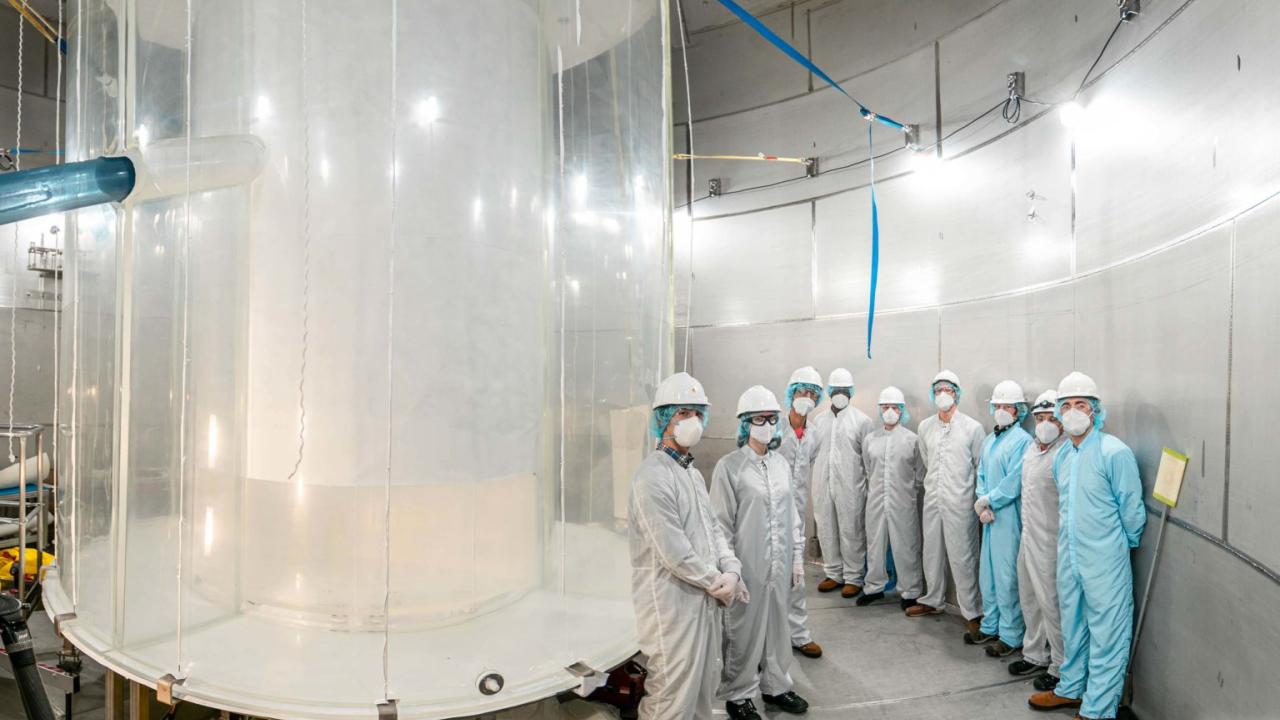Deep below the Black Hills of South Dakota in the Sanford Underground Research Facility (SURF), an innovative and uniquely sensitive dark matter detector—the LUX-ZEPLIN (LZ) experiment, led by Lawrence Berkeley National Lab — has passed a check-out phase of startup operations and delivered first results.
“We’re ready and everything’s looking good,” said Berkeley Lab Senior Physicist and past LZ pokesperson Kevin Lesko. “It’s a complex detector with many parts to it and they are all functioning well within expectations,” he said.
Mani Tripathi, professor in the UC Davis Department of Physics and Astronomy, is a member of the LZ project team.
In a paper posted online July 7 on the experiment’s website, LZ researchers report that with the initial run, LZ is already the world’s most sensitive dark matter detector. The paper appears on the online preprint archive arXiv.org.
Dark Matter particles have never actually been detected—but perhaps not for much longer. The countdown may have started with results from LZ’s first 60 “live days” of testing. These data were collected over a three-and-a-half-month span of initial operations beginning at the end of December. This was a period long enough to confirm that all aspects of the detector were functioning well.
